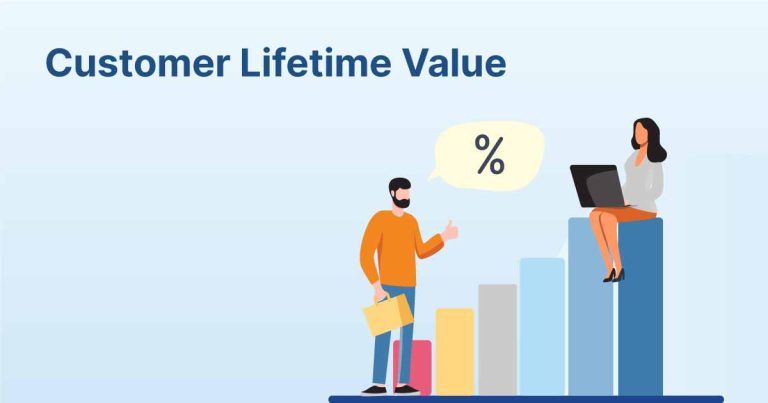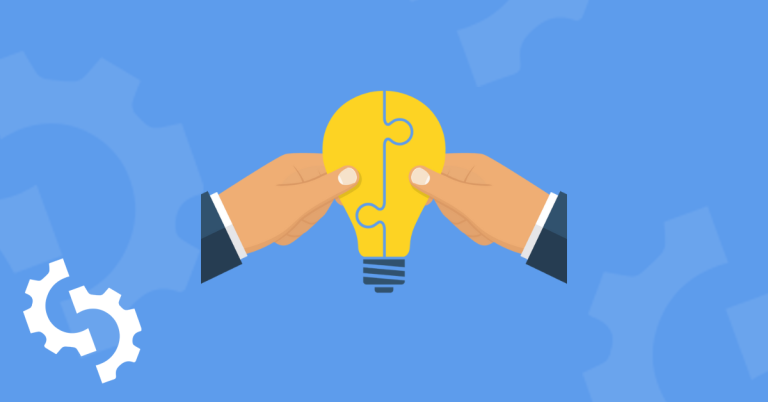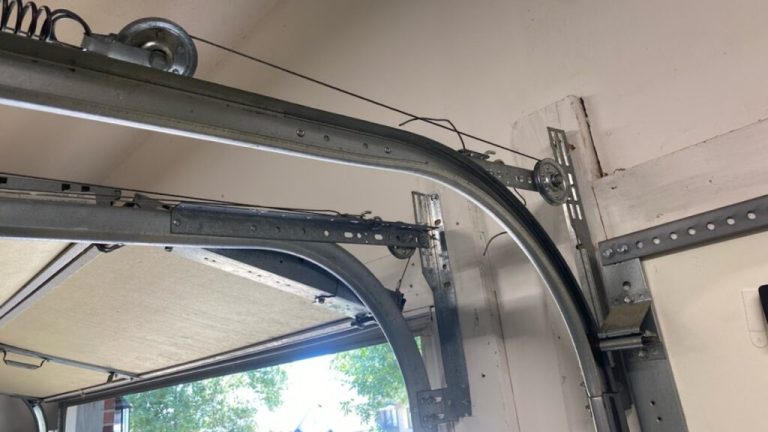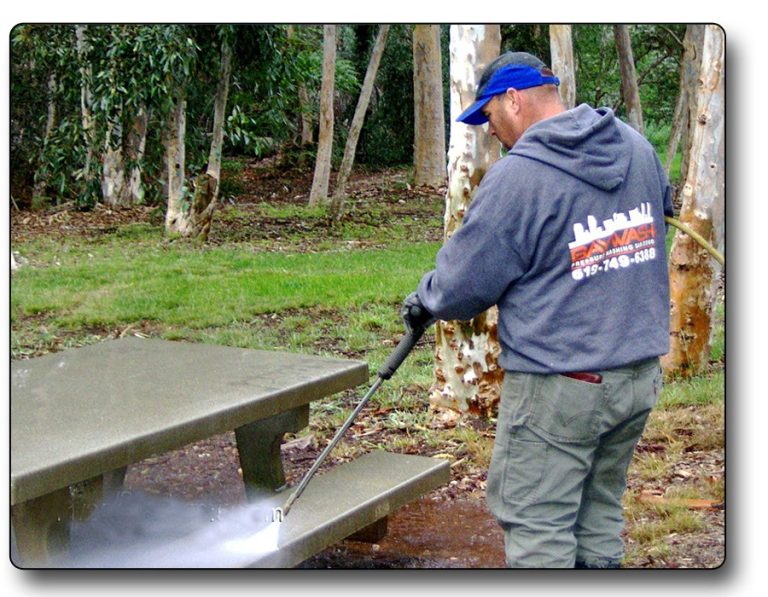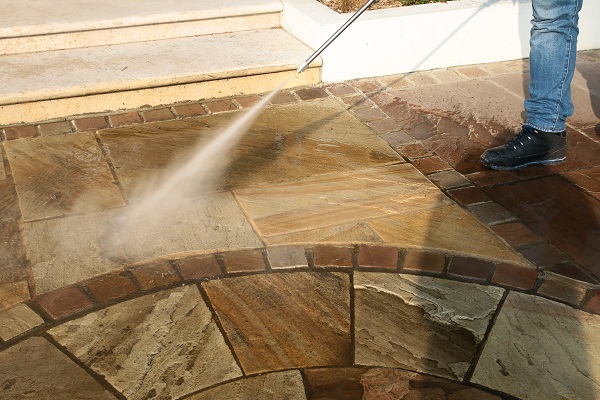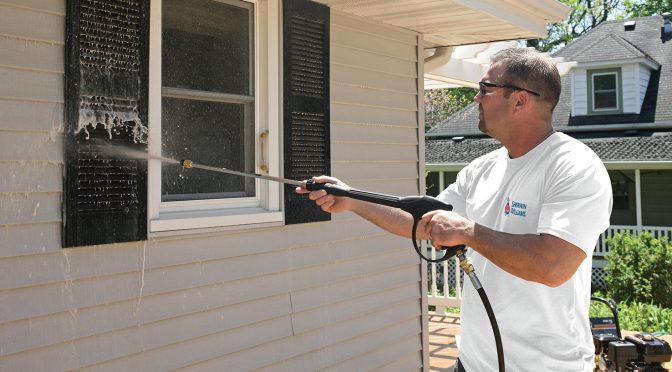
Running a power washing business isn’t just about keeping your calendar full—it’s also about keeping your gear in top shape. Your equipment is the heartbeat of your operation. If it breaks down or becomes outdated, your ability to deliver top-quality work takes a hit—and so does your income. 🧽⚙️💸
That’s why smart business owners set aside time and money every year to upgrade and replace key tools. In this guide, we’ll walk through how to create an annual budget for equipment and tools that ensures you’re never caught off guard by unexpected breakdowns—and always ready to grow. 💼📈
🧠 Why Budgeting for Upgrades Matters
Your business depends on performance and reliability. Outdated or failing gear leads to:
❌ Missed jobs
❌ Costly emergency repairs
❌ Slower work = fewer jobs per day
❌ Inconsistent results (and unhappy customers)
On the flip side, investing in better equipment can mean:
✅ Faster job times
✅ Higher quality finishes
✅ Less downtime
✅ Ability to offer more premium services
In short: gear = growth. But it needs to be planned for. 🧰📊
📋 Step 1: Take Inventory of What You Own
Start with a complete inventory of your current tools and equipment:
- Pressure washers (gas, electric, hot water)
- Surface cleaners
- Soft wash systems
- Hoses and reels
- Nozzles and tips
- Water tanks
- Sprayers
- Ladders, safety gear, and trailers
- Cleaning chemicals
Include brand, model, age, purchase price, and condition for each. 📝
This gives you a clear picture of what’s working, what’s aging, and what needs attention in the next 6–12 months.
📅 Step 2: Estimate Lifespan of Each Item
Most tools don’t last forever. Estimate how many more seasons you can get out of:
- Pressure washers: ~3–5 years
- Surface cleaners: 1–3 years
- Hoses and nozzles: 6–18 months (depending on use)
- Pumps and motors: 2–4 years
- Trailers and tanks: 5–10 years
- Soft wash systems: 3–5 years
🧠 Use these estimates to build a replacement schedule and anticipate upcoming expenses.
💰 Step 3: Set Your Annual Equipment Budget
Here’s a simple formula to start with:
10–15% of annual revenue should be reinvested into tools, equipment, and maintenance.
So if your business earns $100,000 per year, budget $10,000–$15,000 for:
✅ Replacements
✅ Upgrades
✅ Repairs
✅ Add-ons that expand services
This reinvestment ensures your equipment supports growth, not stalls it. 🧼📈
🧾 Step 4: Separate Operating vs. Capital Expenses
Break your budget into two categories:
🛠 Operating Expenses (used frequently and need regular replacement):
- Nozzles
- Chemicals
- Hoses
- PPE gear
- Replacement parts
🏗 Capital Expenses (longer-term investments):
- New pressure washer system
- Soft wash setup
- Trailer upgrade
- New surface cleaner
- Water reclaim system
This helps you plan for both short-term needs and long-term growth. 💸🧠
📈 Step 5: Track ROI on Upgraded Tools
Don’t buy new gear just because it’s shiny. Make sure it earns its keep.
Ask:
✅ Will it allow me to complete jobs faster?
✅ Will it allow me to offer new, high-ticket services?
✅ Will it reduce maintenance or breakdowns?
✅ Will it improve safety or reduce liability?
Example: Upgrading to a hot water unit may cost $3,000+, but it could let you charge more for oil stain removal and commercial work.
🧮 Keep track of added revenue per tool to justify future purchases.
🧽 Step 6: Plan Preventative Maintenance
Avoid replacing tools too early—or too late—by maintaining them regularly.
✅ Schedule oil changes, pump maintenance, filter swaps
✅ Clean nozzles and hoses weekly
✅ Store gear properly to avoid weather damage
✅ Lubricate moving parts and tighten fittings
✅ Flush out chemicals at the end of each job
🧠 Tip: Set calendar reminders for maintenance intervals or use software like Jobber or Housecall Pro to automate this.
🛒 Step 7: Shop Smart and Compare Prices
Get the most out of your budget by being strategic:
✅ Look for off-season sales (late fall or winter)
✅ Buy direct from reputable dealers
✅ Join pressure washing Facebook groups for tool reviews
✅ Use loyalty points, discounts, or trade-ins when available
✅ Consider financing larger items if cash flow is tight
🎯 Quality matters more than price—but don’t overpay out of urgency.
📊 Step 8: Build Equipment Costs Into Your Pricing
You’re not just budgeting for gear—you’re passing some of that cost on to customers (indirectly).
Include:
- Depreciation of tools
- Repairs and replacements
- Future upgrades
- Operating supplies
💡 Example: Add $5–$15 to every job to help cover reinvestment. Multiply that across 500+ jobs and you’ve already paid for next year’s upgrade.
📅 Step 9: Reassess Quarterly
Don’t wait until December to find out your hose reel’s falling apart.
Every 3 months:
✅ Review your inventory
✅ Check wear and tear
✅ Revisit pricing and ROI
✅ Adjust your budget based on workload and goals
📈 Proactive = profitable.
💬 Final Thoughts
The most successful power washing companies treat their tools like investments, not expenses. By budgeting each year for repairs, upgrades, and replacements, you ensure your equipment never holds you back—and always supports your business growth. 💪🧼
Stay prepared, stay profitable, and keep leveling up with smarter budgeting. 💰🚿📊

